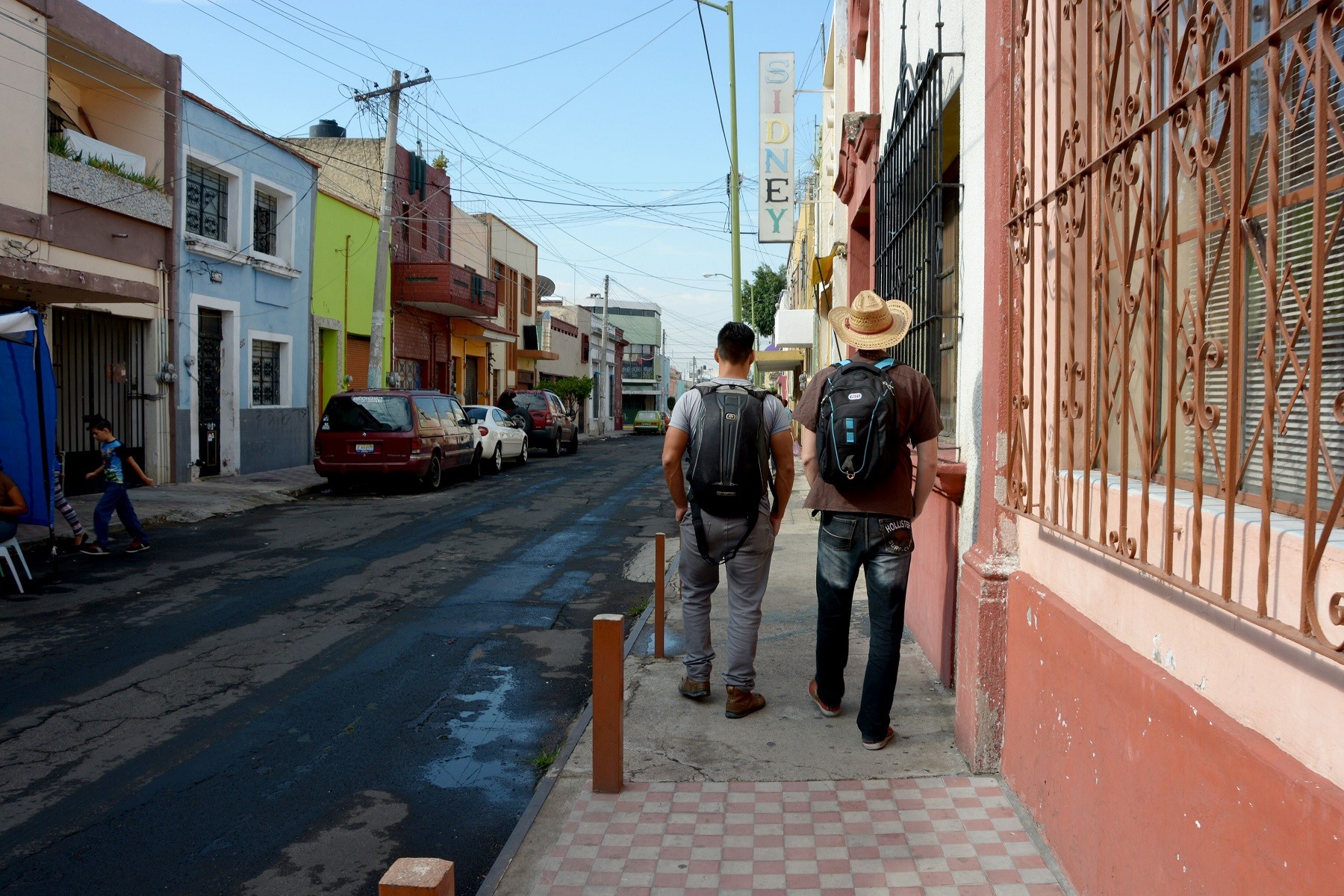The Story: How to prepare for an uncertain work future
Futurism is a field which is fascinating to those who study it – presenting a puzzle in the form of the question: how are all the current trends going to interact in ways which are going to affect the entire world? However, most people don’t care so much to think about the future, and that’s a problem, because we are quickly entering an age in which the people who can’t see a few years into the future, will quickly be left struggling to deal with the present.
Many people believe that being an employee, as opposed to operating a business, is a secure proposition, as having a fixed income with a dependable employer enables some certainty. That can be true in the short term, but it’s not necessarily true in the long term. Large economic crises typically happen every 7 years – just long enough for many to be over-comfortable, and subsequently desperate. True survivors and hustlers have multiple sources of income, doing short-term contracts, gig-based work like on Fiverr or Freelancer, and investments.
Automation is also something that people are worried about. If you work in the manufacturing sector or transport, machines will probably come for your job sooner rather than later. Burger-making and selling machines will soon be common, displacing a lot of fast-food workers. How soon will the robots come for your job? And how quickly can you prepare?
With robots watering plants, tilling fields, running factories, delivering goods, there will be a much lower cost for mass production, which means cheaper goods and a lot more wealth for many. Perhaps they will choose to spend some of that wealth on things which they really like, which machines can’t make, or can’t make yet – things which are unique – handmade items, art, music, and fine food. In the past, a writer had to have millions of fans to make a decent living. With modern technology, Patreon and Amazon self-publishing, a writer might make a good living with just a few thousand dedicated supporters.
Join Kurt as he gazes into the future in this mini-episode of… The Paradise Paradox!
The Links:
The Cash:
If you enjoy our posts, please have a look at The Paradise Paradox’s page on Steemit where you can join, earn money, and upvote our posts to help support the show! You can also find a lot of additional content which is not posted on this site, with Kurt’s posts on Steemit and Aaron’s posts on Steemit.
We really appreciate all of your contributions! Every cent and satoshi we receive lets us know that we’re doing something worthwhile, that you are entertained by our program, and that you’re starting to question what you know more and more. Please be generous. Donate to The Paradise Paradox. Or buy some stuff on Amazon using this link. Or buy some of our great T-shirts here.
The Episode:
Audio PlayerTo download the audio, right click and press “save as”.
Remember to subscribe on iTunes or subscribe on Pocket Casts.
If you enjoyed the episode, don’t keep it a secret! Feel free to share it on Twitter, Tumblr, Facebook, Reddit, or your office bathroom wall.

